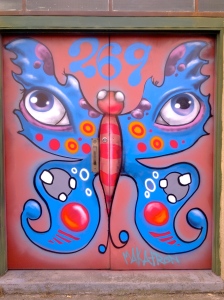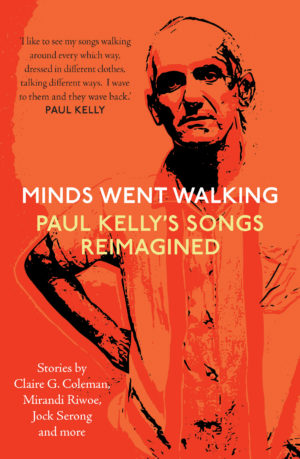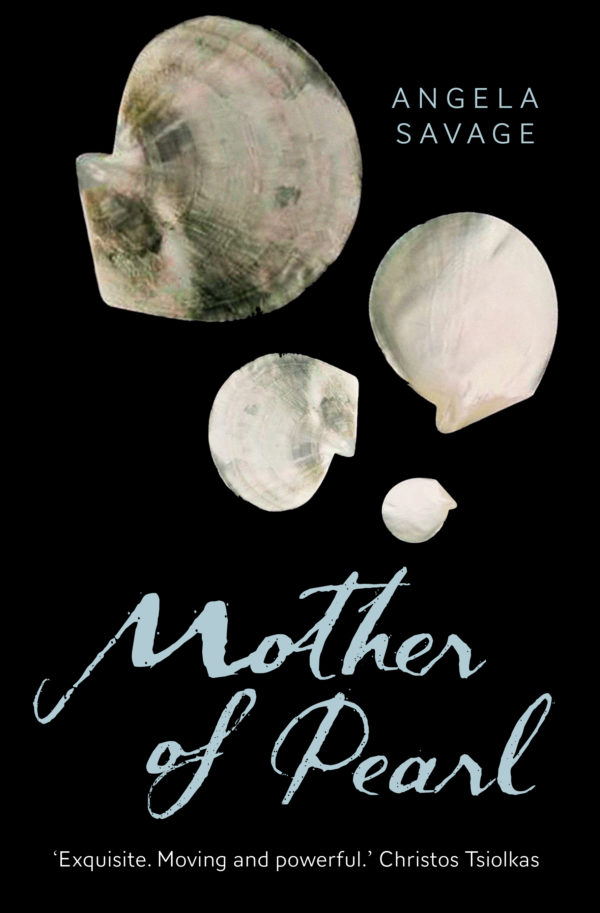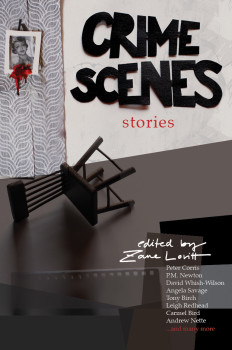Given the discussion generated by my previous post, Why I love graffiti, I thought I’d follow up with a few points about ‘street art’ versus what some readers have referred to as ‘malicious graffiti’ or ‘ugly black tagging’.
A couple of years ago, the Melbourne Museum hosted the exhibition A Day in Pompeii, and one of the things I remember most clearly was the graffiti found on the site. There’s no mistaking these examples for street art (“Atimetus got me pregnant”, “Satura was here on September 3rd”), but malicious or not, they preserve the personalities of those who perished in the volcanic eruption almost 2,000 years ago and provide insight into how ordinary people lived. (My personal favourite: “If anyone does not believe in Venus, they should gaze at my girl friend”).
Who’s to say that the ‘ugly black tagging’ by the contemporary equivalent of Pompeii’s graffiti-scratchers (the term ‘graffiti’ comes from the Italian for ‘little scratches’) won’t one day be accorded the same historical significance?
I admit that I dislike seeing street art defaced by tags — see above before and after shots for example. I know people have a similar reaction to the defacement of historical monuments and private property. Even so, for me tagging is still part of what transforms ‘waste space’ into something lively, even if it’s something to take umbrage at, get angry at or excited about. This was the point I was trying to make in my previous post: street art is not just about aesthetics; it’s about energy.
These kinds of questions are considered at the National Gallery of Victoria’s brilliant Melbourne Now exhibition, currently showing. In addition to incorporating city laneways into the exhibition space — in ALLYOURWALLS — the gallery exhibits include graffiti inspired works, including paintings by Stieg Persson and an installation by tagger Lush, aptly titled, Graffiti doesn’t belong in a gallery?
Lush’s work is intentionally provocative, questioning ‘acceptable’ notions of street art and challenging the divide between art and tagging (check out his take on real and not real graffiti). Love or hate what he does, you have to admire his integrity.
Speaking of love and hate, what to do about graffiti that is malicious, homophobic, racist or sexist? While I don’t like to see such values writ large, I recognise the perennial problem that occurs if we start talking about restricting freedom of speech: Who gets to call the shots? What I might want to see banned will rarely square with what the powers that be will want to see banned. An example of this is provided by my friend Yee Khim Chong:
In Johor Baru, Malaysia, Lithuanian artist Ernest Zacharevic drew on the wall a girl carrying a Chanel handbag. Around the corner, he painted a man with a knife lying in wait for her. Outraged by the insinuation the southern city is full of muggers, the Johor Baru City Council immediately painted over Zacharevic’s mural.
Furthermore, retorts against sexism, racism, homophobia are only possible when such attitudes are writ large. I remember last summer when ‘Aussie Pride’ slogans appeared in Melbourne’s northern suburbs in the build-up to 26 January*, only to be edited to read ‘F— Aussie Pride’, then edited again to read ‘F— Mussie Pide’ (an attempt to disparage the Muslim community). Hardly a high point in political graffiti, but an important gauge of community sentiment nonetheless.
Love it or hate it, there’s no mistaking the power of street art and graffiti to make us feel alive.
For local readers, I encourage you to check out the Melbourne Now exhibition if you haven’t already done so and feel free to leave a comment when you do.
You might also like to read SD Thorpe’s novel, getting Up, to appreciate what graffiti means to those who make it.









I’m with you on this- street art brings a city to life, and energy to what is otherwise grey.
LikeLike
Thanks for stopping by, Jo. I know most people won’t agree with me, but I find even tagging enlivens the streetscape.
LikeLike
yeah, I do too. Strangely though I detest the tagging of tagging- it’s like an insult to the work or the expression.
LikeLike
Well put, Jo. And a pox on whoever tagged over the butterfly doorway on Albert St!
LikeLike
Angela – You’re absolutely right; street art and graffiti are powerful barometers of community sentiment. What’s more, they are sometimes beautiful, vibrant works of art. And you get to see them for free. The thing about street art (for me) is just how very alive it is. There are no degrees of separation from what people really think and feel and how they interpret their world. And that, to me, makes street are so fascinating.
LikeLike
All good points, Margot. I agree with you about the appeal of street art and graffiti in terms of immediacy and impact.
LikeLike
Yes, I find a lot of it interesting, including political statements, slogans, and even “so and so was here”. I still don’t like the tagging, though, when it is just illegible scribble, when I can’t even read a word or name.
Have you been to the Acropolis in Athens? There is lots of historical graffiti there, some of it ancient. You can spend hours just looking at it. Some of it is just “Sam was here, 1921”, but it’s fascinating to wonder what happened to that person. Of course, these days, you’re not allowed to add to the graffiti. There are some pictures here: http://bit.ly/1cqvQbT
What about the Banksy piece in Melbourne’s famous Hosier Lane that was inadvertently removed by city cleaners in 2010? http://bit.ly/1m7Y1lv Embarrassment for the City Council, but then others said Banksy wouldn’t care because graffiti, by its nature, is supposed to be ephemeral.
It’s interesting that graffiti is more prevalent in some places than others. On my last trip to Thailand, for example, I specifically looked for graffiti, and could find hardly any. It’s not that there is none at all, but it seems to be confined to certain areas, and seems also to be more often political than not. I wonder if there is more in Bangkok, given the current unrest and dissatisfaction, or if, culturally, it’s not something Thais do very much. Or maybe I just didn’t know where to find it.
A guy down the road from us has just put up a new, pristine, and very white fence. This is despite many of the other fences and walls around him being covered in graffiti. It’s as if he is daring the taggers to do it, and so far, they haven’t taken the bait. It remains, extraordinarily, a blank canvas.
LikeLike
You make an interesting point, Caron, about graffiti being more prevalent in some countries than others. I suspect graffiti contravenes the Thais’ beloved riab roi principle – not neat and tidy enough! It would be interesting to know more about this.
As for the illegibility of tagging, I like the challenge of trying to decipher it. Like learning another language.
And I will check out the Acropolis graffiti. Thanks for that.
LikeLike
I love seeing great street art and graffiti that is commentary. Tagging I really don’t get. I get what you are saying but it’s just so boring and uninteresting.
LikeLike
Jacqui, do consider reading SD Thorpe’s novel getting Up. It helped me ‘get’ tagging!
LikeLike
Art is art, the medium changes but the rest stays the same.
Tagging isn’t art, it is a territory marking with spray cans instead of urine.
Just my 2 cents.
LikeLike
Interesting 2 cents, Tyson. Would be curious to know what the taggers themselves think they’re doing…
LikeLike
I’m guessing it would vary. I did see a doco of sorts that interviewed a few taggers. They focussed on the ones that were tagging moving trains and other hard to reach places. The main thing was it was a competition to not get caught, tag the hardest spot, be glorified by fellow taggers, etc. http://www.examiner.com/article/why-do-people-tag
LikeLike